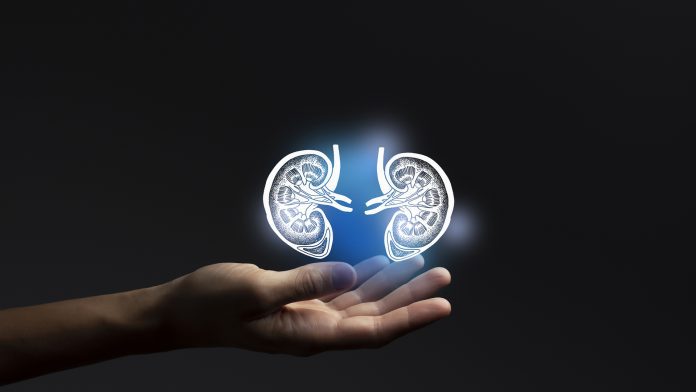
A new study from UC Davis Health suggests that paediatric kidney transplant patients will experience better long-term outcomes when the organ is received from a live donor.
The study analysed data from the Organ Procurement & Transplantation Network database between 1 January 2001 and 30 September 2021. Research compared rates of organ rejection among patients, as well as death rates in cases of paediatric kidney transplants.
The study, which was published in the Pediatric Transplantation journal, is the largest of its kind. “The findings of our study should lay to rest any fears and concerns that centres have about accepting organs from unrelated living donors,” said Lavjay Butani, senior author of the study and chief of paediatric nephrology at UC Davis Children’s Hospital.
Supporting evidence
The researchers looked at 12,089 cases of paediatric kidney transplants over 20 years. The study measured the effects in three categories of kidney recipients, those who received kidneys from living relatives (36%), those who received them from living non-relations (2.7%), and those who received them from deceased donors (61%). All recipients in the study needed to have had a graft that had not failed on the day of the paediatric kidney transplant.
The findings of the study revealed that kidneys received from deceased donors equated to the poorest rates of graft survival after the first year. Graft survival rates were 4% for deceased donor transplants, 2.8% for living related donors, and 3.3% for living unrelated donors. The study also found that even when human leukocyte antigen (HLA) matching was carried out between donor and recipient, those with living donor transplants experienced better results than those with a deceased donor.
“Living donor transplants fare better than deceased donor transplants since the transplant can be planned,” said Butani. “This planning allows for optimisation of the donor and recipient’s health and minimising ischemic stress on the graft once it’s procured from the donor.”
Other findings on paediatric kidney transplants
The research also identified a link between the age of the recipient and graft loss. A higher risk of graft failure during the first post-transplant year was observed in infant and pre-teen patients compared to teens. However, it was also observed that infant and pre-teen patients were at a lower risk than teens after the first post-transplant year.
The study also noted graft loss predictors linked to low albumin levels and pre-transplant dialysis, although these findings had previously been established. The study also found the amount of living unrelated donors has increased over recent decades, increasing from 1.3% in 1987 to 31.4% in 2017.
“Our analysis suggests that living unrelated donor organ transplants are not inferior to deceased donor organs,” commented Daniel Tancredi, co-author of the study and professor at the Paediatrics Department at UC Davis Health. “This is especially important for children who are the most vulnerable of all and have much to benefit from receiving the best possible available donor organ,” he added.









